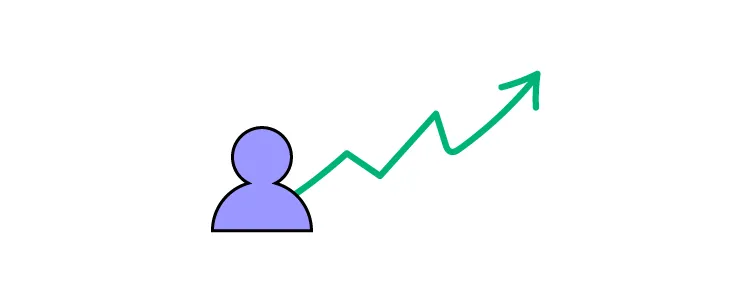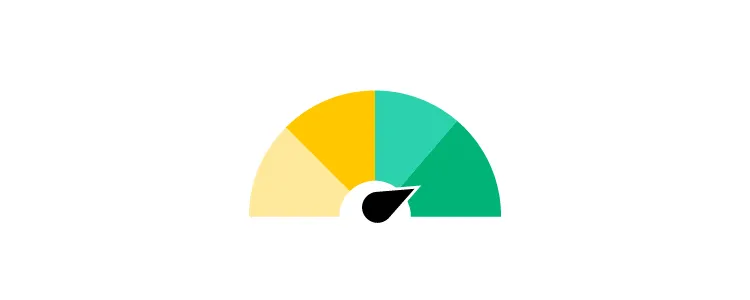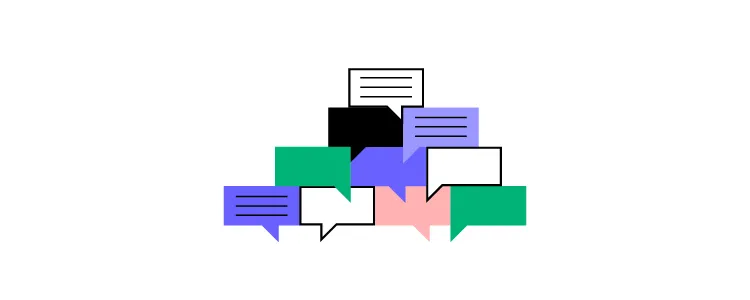How to Hire a DesignOps Expert?
The webinar with Dave Malouf about Holistic DesignOps made us wonder what else we could write about to expand on the design operations topic. One of such things is hiring. What should you look for in a DesignOps expert? If you want to watch the webinar, we have a recording of it on our YouTube channel.
Let’s go back to the main topic of this discussion–how to hire a DesignOps expert?
Table of contents
As a discipline still in its infancy, there is no clear path to becoming a DesignOps expert. It’s not like UX, where you study to become a designer. Most DesignOps experts transition from product, design, change management, or project management because they want to solve their company’s inefficiencies.
Setting up systems and processes to keep design teams focused on building great products has proven to increase productivity and deliver a good return on investment. Building a DesignOps team is essential to compete in today’s ultra-competitive market.
Reduce time-to-market with UXPin Merge, the world’s most advanced code-based design tool–built to solve DesignOps challenges. Sync your company’s design system to UXPin’s editor to create a single source of truth between designers and engineers. Request access to Merge.
Who is a DesignOps Expert?
A DesignOps expert focuses on identifying operational inefficiencies and finding solutions to optimize them. DesignOps experts have little to do with design itself; instead, they focus on the tools, processes, systems, and protocols that enable designers to do work.

There are ten key DesignOps roles:
- Operations management: Creating and managing a design roadmap that aligns with design teams’ goals while identifying skills gaps to achieve those objectives.
- Process design: Creating design systems and mapping the tools teams need.
- Project management: Design workflows, assign projects, set timelines, and remove any bottlenecks.
- Creating a communication strategy: Liaising between the design teams and the organization, including communication channels and file and resource storage.
- Onboarding new hires: Hiring, orienting, and training new staff so that they seamlessly integrate with design teams.
- Building design team culture: Instilling the company culture with workshops, training, and other team-building events.
- Budget allocation and control: Managing the costs associated with running the design team rather than direct product costs.
- Legal: Working with legal teams to create NDAs, participant release forms, and other legal documents.
- Managing the procurement process: Streamlining and managing purchasing decisions to meet budget constraints which involves connecting with financial departments.
- IT and security: Liaising with IT to ensure all tools and processes meet security standards.
There are three primary DesignOps positions:
- DesignOps Leader or Head of DesignOps
- Design Program Manager (DPM)
- Design Producer
DesignOps Leader
A DesignOps leader works closely with the Design Leader to create an operational vision and roadmap. This high-level role focuses on how design teams complete tasks and projects.
A DesignOps leader usually has a background in change management and project management. They have to understand how to facilitate change while recognizing the end-to-end project process.
As Patrizia Bertini says in UXPin’s webinar, Measuring DesignOps Impact, “DesignOps changes the existing reality to bring more value. It’s a very transformative discipline.”
A DesignOps leader has to find tools and processes to optimize operational workflows and then develop the strategies to encourage their adoption.
Design Program Manager (DPM)
A DPM is responsible for executing the DesignOps Leader’s strategy and roadmap. They work with UX and product teams providing the necessary support to focus on design.
To do this effectively, a DPM usually comes from a design background, so they understand the end-to-end design process and identify roadblocks.
The DPM also acts as a bridge between teams and projects to improve communication and collaboration.
Design Producer
A Design Producer works directly on a project managing the administrative and operational tasks so that designers can focus on designing. They manage the end-to-end design process, ensuring everything runs smoothly while facilitating communication and collaboration.
DesignOps Leader’s Skill Set
While it’s helpful for a DesignOps leader to understand design, it’s more important to have a change management background. They must understand how to implement change and encourage adoption.

DesignOps Leaders must have excellent business management skills for budgeting, strategy, and execution. They need to manage people and lead them towards their Ops vision.
Communication and networking are crucial DesignOps skills. Leaders spend a lot of time engaging with stakeholders and executives to advocate for design and get budget buy-in. They’re also the voice of design to the rest of the organization, meeting with peers to find opportunities for collaboration.
DesignOps Leader’s Responsibilities
In Measuring DesignOps Impact, Patrizia Bertini talks about three DesignOps areas of intervention:
- Business
- Workflow and design
- People
1. Business Operations
Managing budgets, resources, and other business-related design functions. Examples include:
- Budget management/spending optimization
- Spending policy overview
- End-to-end procurement and 3PRM (practice in performance & reward management)
- Contract negotiations
- Onboarding vendors and 3P (process, product, people) risk assessment
- Spending ROI calculation
- Tools ROI/impact assessment
- Resource asks assessment (tools + people)
- CW/FTE sequencing
2. Workflow and Design Operations
A holistic view of the end-to-end design process. How do designers get from concept to final product? Examples include:
- End-to-end design process optimization
- Tools ecosystem management
- Tools onboarding/off-boarding
- Cross-functional collaboration optimization
- Design system management
- Data governance
- Participant sourcing process management
- Research and design asset management
- Design standards
3. People Operations
Considers the human aspect of design teams, like skills development, communication, and culture. Examples include:
- Career path direction
- Skills matrix/team composition assessment
- Development programs and team training
- Teams culture
- Knowledge & experience training
- Streamline ubiquitous cross-functional collaboration
- Onboarding/off-boarding
- Internal communication
- Change management
- Engagement models
- Hiring/job specification/tasks review
Would you like to improve your skills concerning people operations? Here’s a free eBook that covers the first strategic area of DesignOps: People, called DesignOps Pillar: How We Work Together. Learn about hiring, onboarding, and managing a team of designers.
Is Your Company Ready to Hire a DesignOps Expert?

Here are some signs your company might need a DesignOps expert:
- You’re having trouble with silos, communication, and collaboration resulting in poor cohesion and consistency for project deliveries.
- You have too many tools which disrupt workflows or cause errors.
- Design teams often miss deadlines, or high rework rates adversely impact time-to-market.
- Designers complain that operational and administrative tasks prevent them from focusing on design.
- Design leaders spend too much time onboarding, orienting, and training new hires–time better spent on design-related tasks.
- Designers wear too many hats instead of focusing or specializing on one primary activity–i.e., UI design, research, testing, etc.
Check out these resources to learn more about DesignOps, and its role in your organization:
- Understanding DesignOps and Its Role in Design Teams
- How DesignOps Work – The Mindset of Design Operations
- Does Your Team Need a Design Operations Manager?
- DesignOps 101
Optimizing Design With UXPin Merge
Managing design systems is one of the biggest challenges for a DesignOps expert. Ensuring the design system’s UI kit syncs with the component library takes considerable time and effort.
With Merge, you sync your design system from a repository to UXPin’s editor, so designers use the same components as engineers–creating a single source of truth across the organization. Any changes to the repository automatically sync to UXPin, notifying design teams of the new release.
Ready to optimize your UX workflows with a single tool? Request access to Merge.

